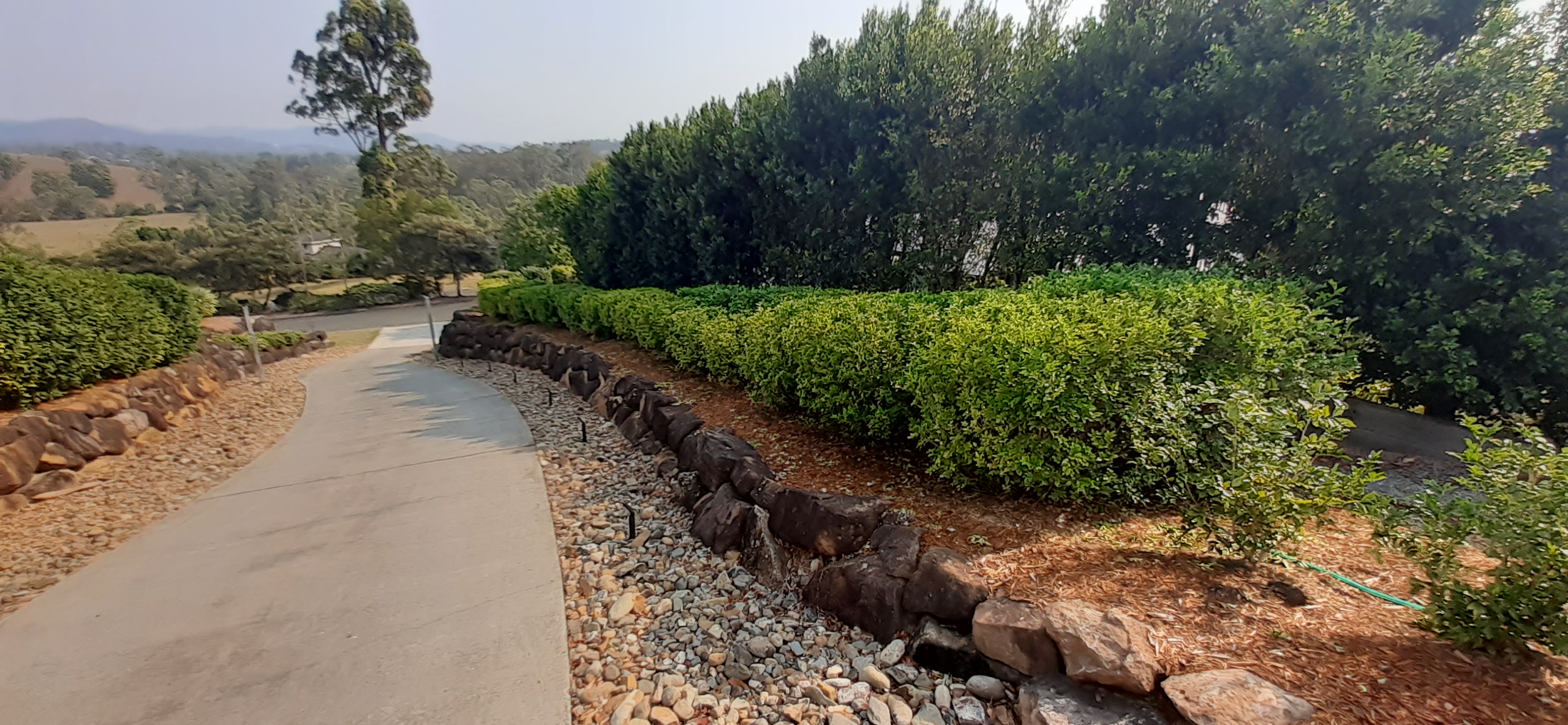Hedge Maintenance and Care
If you have just established a hedge in your yard as well as an old hedge that you wish to keep in check, here are some ideas you could be able to use to keep your hedges looking beautiful with minimal effort on your behalf – particularly if you own an efficient hedge trimmer made of petrol to assist you. Hedges are typically used for the garden to define boundaries and limits however, at times, hedges are also altered to form green structures that could be a representation of an iconic sculpture, an object of art, or there could be the name of the hedge carved from carefully planned hedge trimming and placement.
If you’ve just put in an evergreen plant, like for example, a hedge for a box, you can cut it straight after planting at least one-third. For more vigorous hedges such as hawthorn or privet and hawthorn, you can cut it all the way back to six inches tall after you’ve planted it. After planting, give it a gentle trimming as you encourage it to “get going” and the next year you can give it a well-cut back by up to one-third in the winter dormant phase. This will help to encourage development from the bottom and provide a good-looking hedge that you can begin making into a full-blown hedge the next year.
Safe and Easy Hedge Trimming
Cutting hedges requires an exclusive set of gardening equipment and tools. It is essential to buy hedge shears and garden stakes of various dimensions, string as well as gloves to deal with the thorny hedges, safety glasses to guard yourself falling twigs and dust. If your need for pruning hedges is more limited you can do it by hand using a pair of garden shears. If you have a large-scale trimming requirement, it is recommended to buy a power trimmer that uses battery recharge or electronic trimmers.

An effective method for cutting formal, more established hedges is to create an outline by putting the cane or post at each of four points in the space that you’re working. It could be a small section of a hedge that is long or even the whole length of a smaller hedge. Make use of these posts or canes to connect the string to the height you would like the hedge to be cut at and use this as a guideline for both width and height to ensure you’re in your straight, narrow in the right direction. With this guide in place, you would be recommended to inspect your work by walking away from the fence and looking towards your work to determine any bulges or uneven areas.
Standard Method for Trimming Formal Hedges
Have you ever ventured out in your yard the next day after cutting your hedge, and noticed the tiny pieces of twigs sticking up and wondered why you did not notice them while cutting your hedge? The truth is, they were not there when cutting the hedge! The reason is that they release after being curled inside the hedge after you have cut it. One of the best tips here is to give every section of your hedge vigorous whacks with the edge of a spring-loaded rake, tiny bits will pop out, avoiding the hassle of finding them later in the day!
When cutting your formal hedges ensure that you leave the top of the hedge slightly shorter than the lower. This creates a sloped side that is better in wind resistance. It also makes the top narrower and makes it less difficult to cut. This is the standard method for trimming formal hedges.





